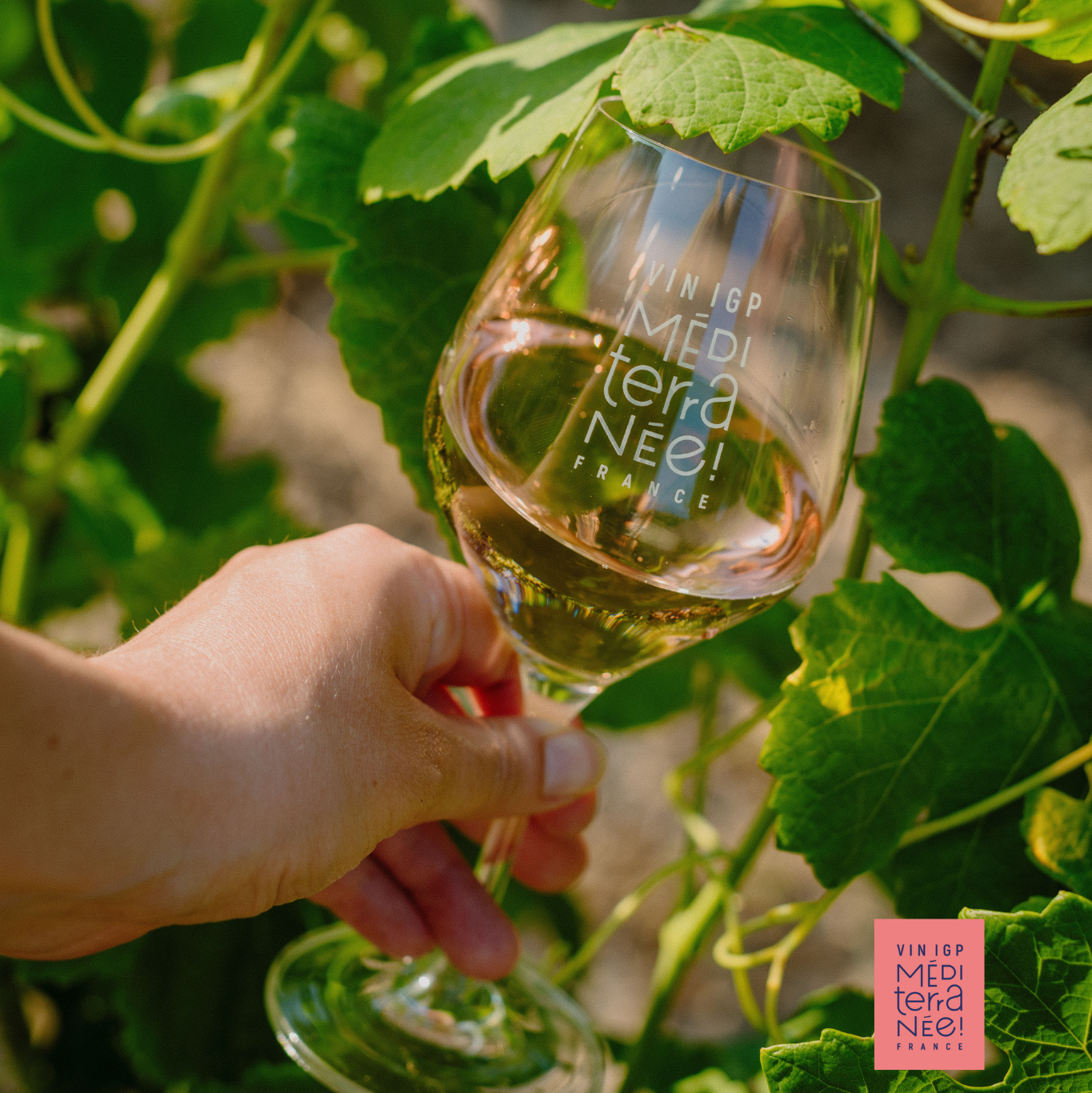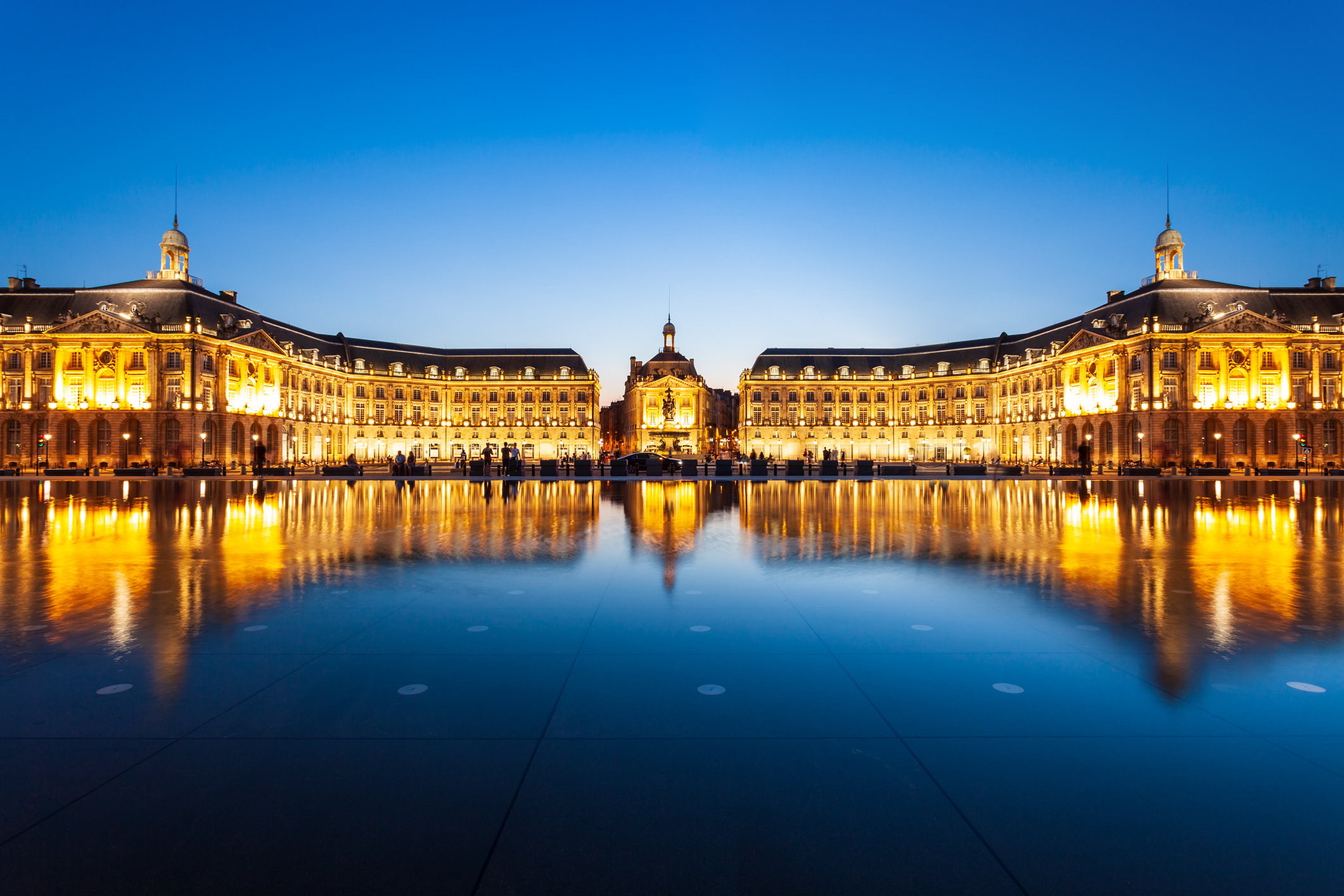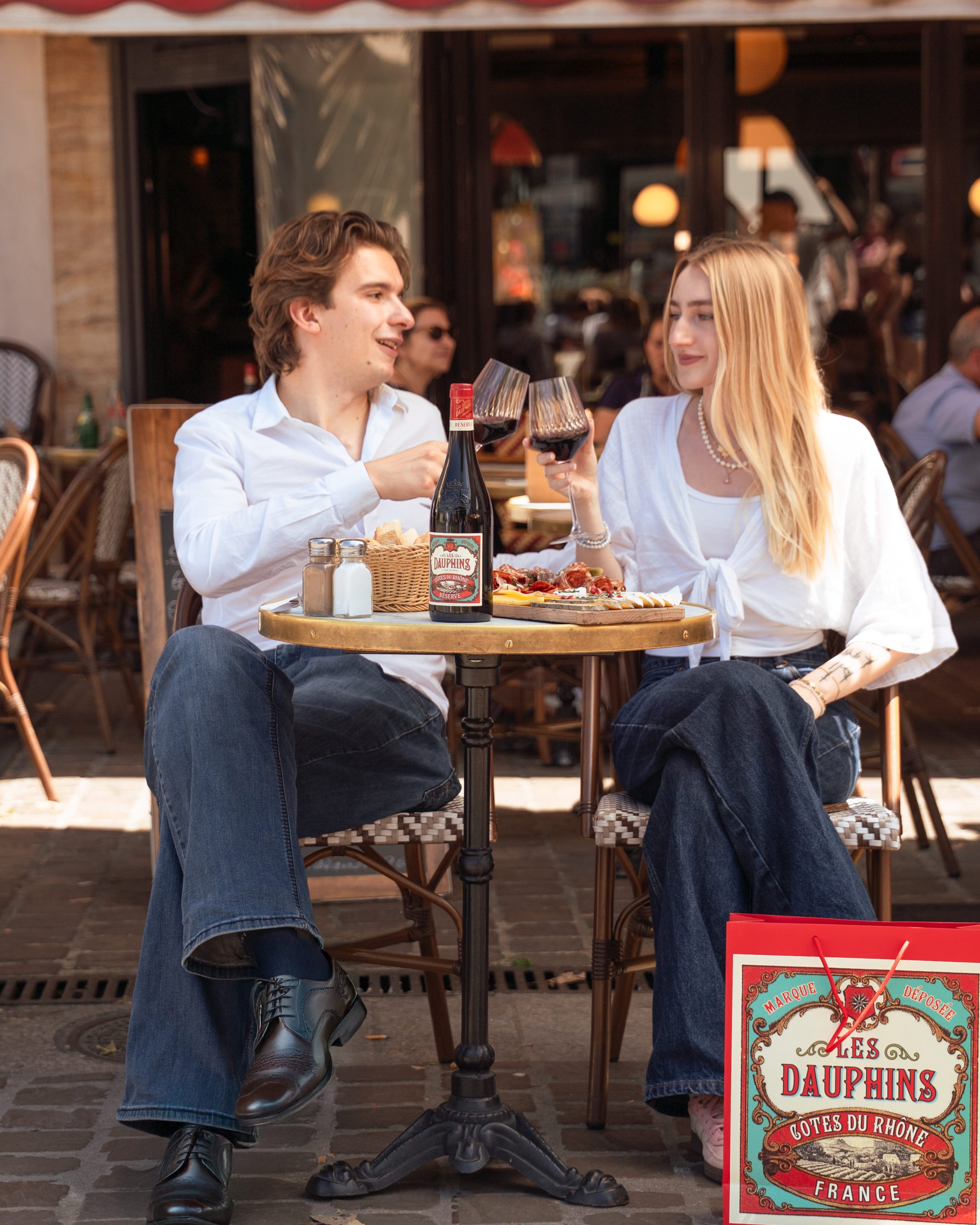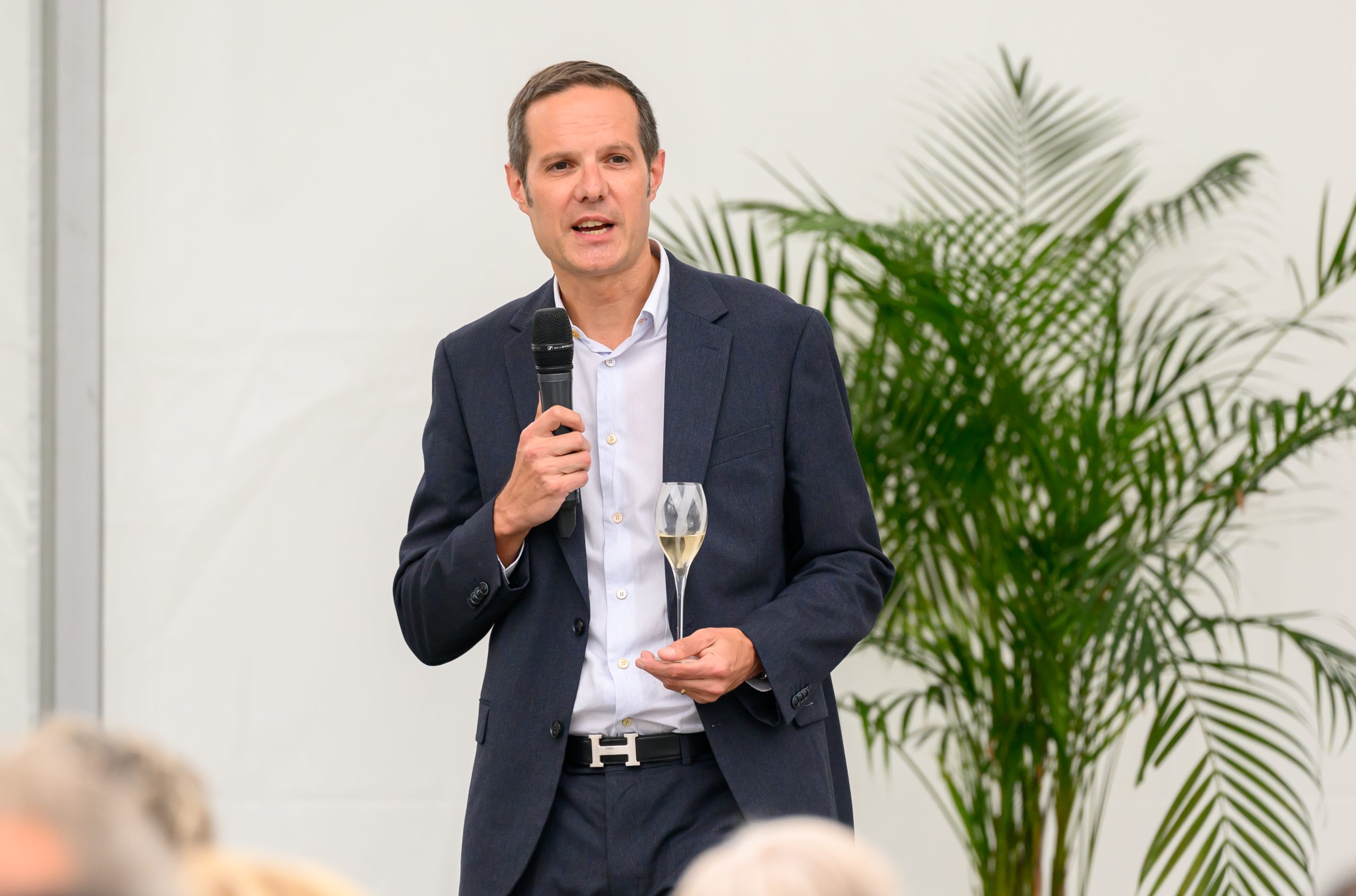Why one Rioja winery has bet big on ‘smart tanks’
Bodegas Tobía in Rioja Alta first began using “intelligent” fermentation tanks in 2003 and says they give “higher quality wine at a lower price”.

Tucked away in the medieval town of Cuzcurrita del Río Tirón, in Rioja Alta, about half way between Logroño and Vitoria, lies Bodegas Tobía.
It’s a savvy location for a winery, close to the river, sheltered from the Iberian wind by two mountains, and a key fixture on the pilgrimage tourist trail. But it’s site specifics are not the only savvy thing about this producer.
Despite operating within a 15th Century walled town, Bodegas Tobía has spearheaded a technical revolution in Rioja.
The producer was a pioneer in using what its winemaking team calls ‘smart tanks’ in Spain, and has made almost all its red wines in these tanks for more than 20 years. It is also responsible for producing the country’s first barrel-fermented rosé (the Alma de Tobia Rosé), kickstarting a trend for aged Spanish pink wines.
“The cost of buying and installing the smart tanks is almost double that of traditional tanks. However, it helps to lower our annual production costs, so in the long run it will be beneficial for the winery,” Carlos Ocete, oenologist and export area manager for Bodegas Tobía, told db.
The smart fermenter is a patented winemaking system that “exploits the exceptional natural capacity of fermentation gas (40/50 litres of CO2 per litre of must) to obtain a gentle and effective extraction,” explains Ocete.
Called the Metodo Ganimede (or Ganimede method), according to the producer it is a “true ally of winemakers” thanks to technology that encompasses “simplicity, inexpensiveness and versatility.”
Essentially, carbon dioxide produced by fermentation is used to pump over the must.
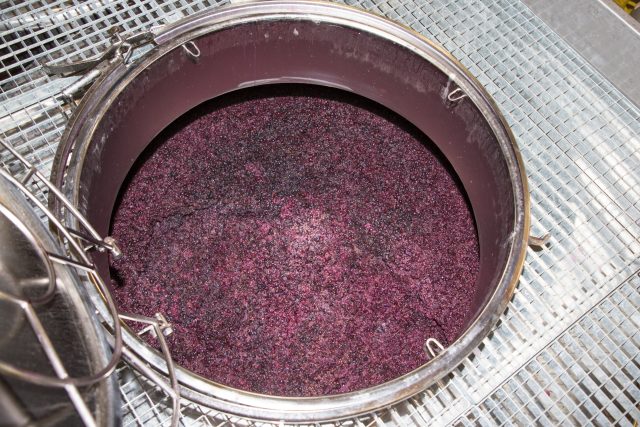
Partner Content
The benefits of this approach are many, which is why winemakers in Alsace and the Dordogne have recently converted to Ganimede fermentation tanks. Within Spain, one other Rioja winery, Bodegas Montecillo Navarrete, has also invested in the smart equipment, as has Estación Enológica Leiro in Orense, Galicia.
“It allows us to achieve the maximum expression of aroma and colour in the wines, favoured by a cold maceration of the raw material,” says Ocete.
“In addition, it avoids the daily pumping over, so it is even more beneficial for the health of the workers and they can invest this time in the development of other tasks in the winery,” says Ocete.
With two Rioja workers having died after being exposed to toxic fumes in the cellar earlier this month, that can surely only be a good thing.
Other advantages to using the Ganimede method are “a real possibility of working with large quantities of grapes with a final qualitative result that is more than remarkable and very different from the work carried out traditionally,” says Ocete.
The approach also comes with reduced microbiological risk “due to the CO2 saturated atmosphere” and the possibility of fully automatic cycles, reducing the need for manpower, a useful tool when labour is hard to come by.
“An agile devatting/discharge is obtained, by means of a closed system that recovers all the yolk wine, very different from the current systems with propellers and augers, which are more expensive and harmful, with more manpower, work time and, above all, cleanliness,” explains Ocete.
There is also a huge commercial plus point as following fermentation in the smart tanks wine is said to have a “remarkable smoothness”, which means it is ready for consumption much faster – “even when fermentation has just finished,” says Ocete. Producers can get their wine into trucks for delivery and onto retail shelves far more quickly.
How important is cutting-edge technology for the future of Rioja Alta?
“The implementation of this type of technology can only add value to our products,” says Ocete. “As technology becomes more developed, we have to invest less in oenological products or actions, we are able to control the critical points of production much better and therefore, in the end, what we obtain is a higher quality product at a lower price.”
Related news
Castel Group leadership coup escalates
For the twelfth day of Christmas...
Zuccardi Valle de Uco: textured, unique and revolutionary wines

